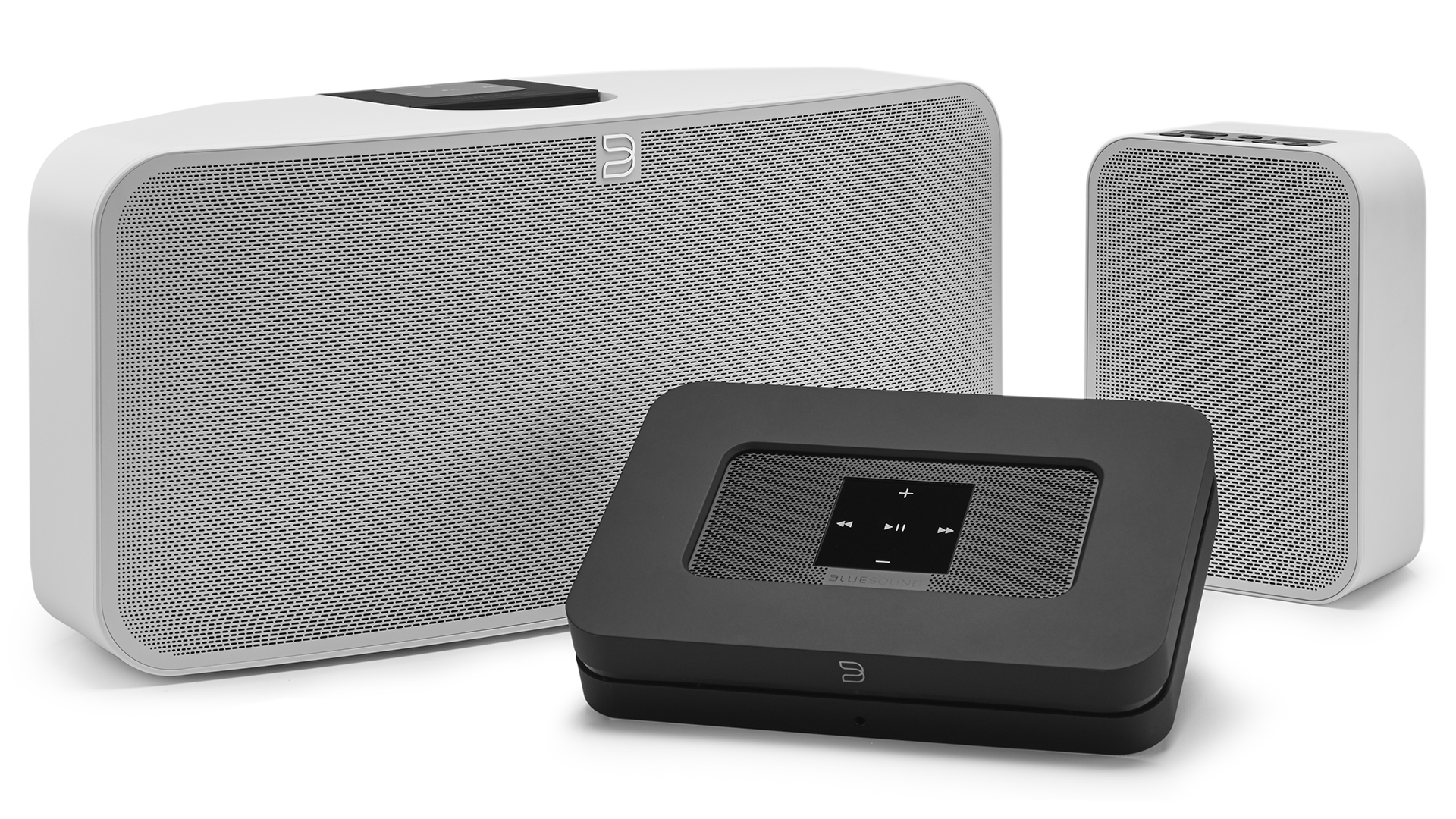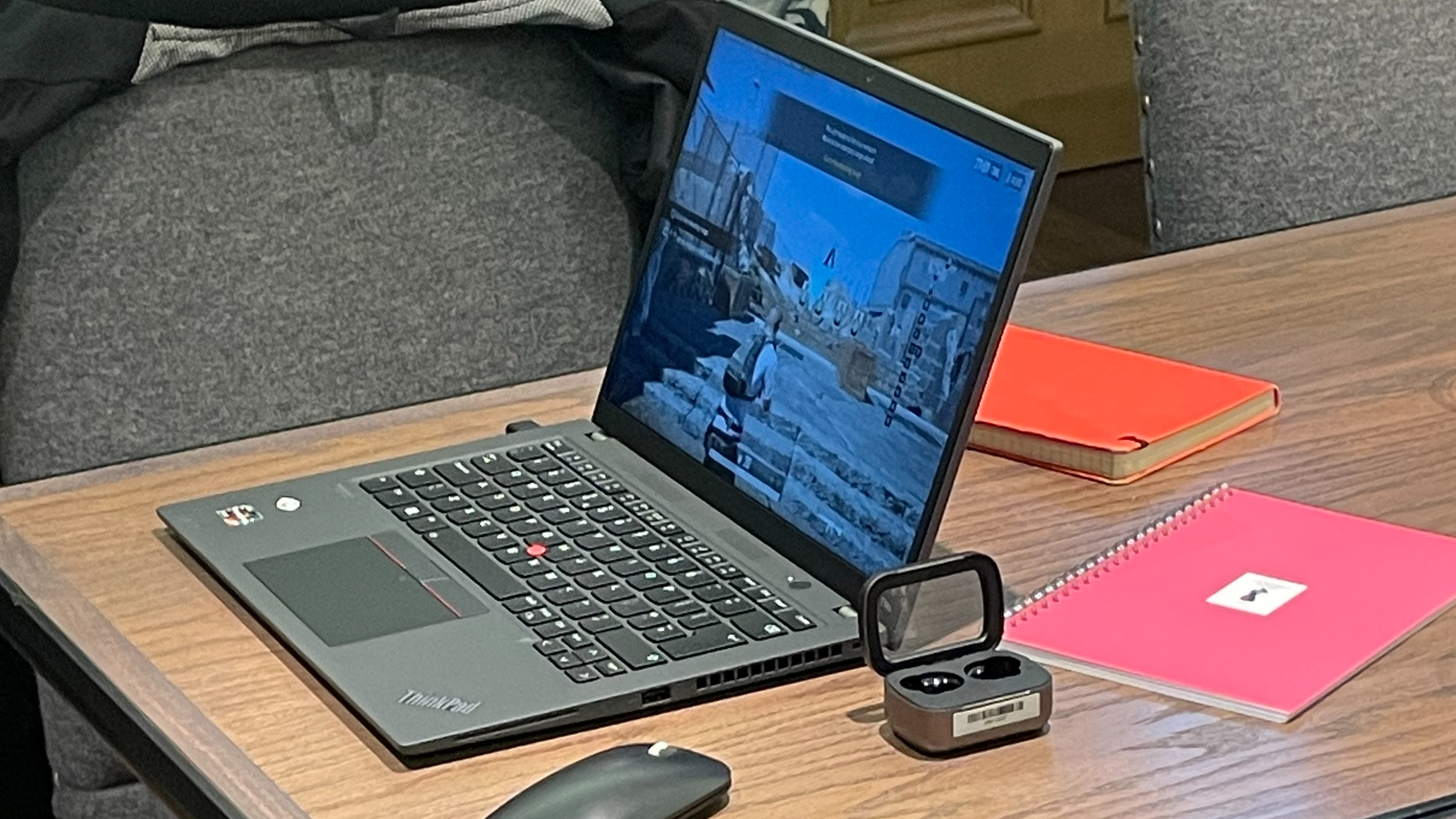What Hi-Fi? Verdict
If you pick the right components, a fine multi-room system is within reach
Pros
- +
Pleasant, intuitive to use
- +
Alexa, AirPlay 2 and Bluetooth
- +
Node 2i and Powernode 2i are class leaders
Cons
- -
Pulse 2i lets the family down
Why you can trust What Hi-Fi?
It’s been a while since we were last treated to new products from Bluesound – although as the recipient of three consecutive Product of the Year Awards, the company has probably learnt the value of not tampering with its own success.
Over the years, however, Bluesound lost a bit of ground, and a star from its rating. It might read the same for this suite of Bluesound 2i products, but that doesn’t tell the whole story.
Some products have been tweaked and others changed entirely. As a result, some have suffered, some improved, and some become class leaders - and a complete Bluesound system could very much still be the best multi-room choice for you.
Speakers
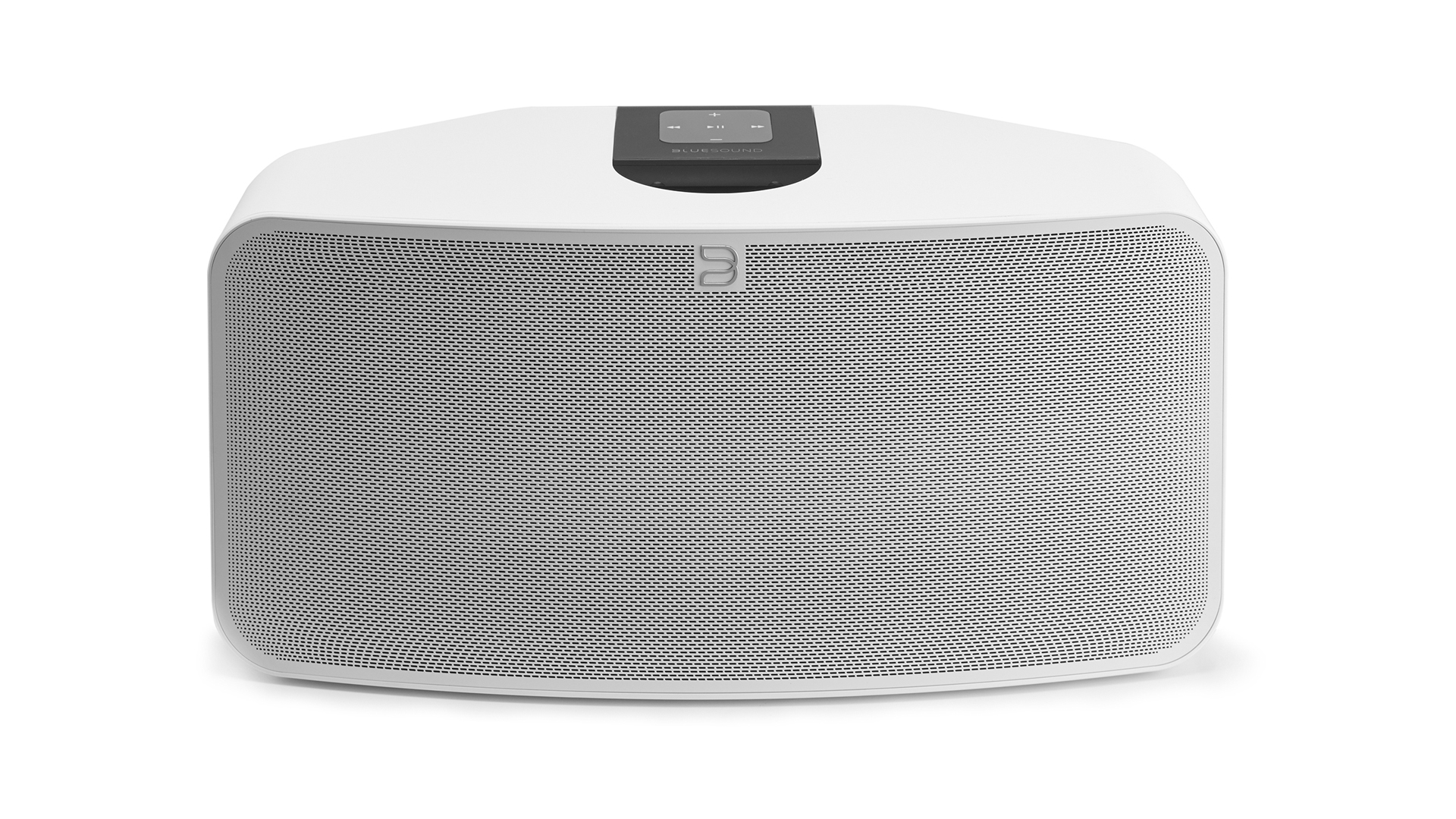
With its biggest speaker, the Pulse 2i (above), Bluesound has torn up the blueprint and started again. The Pulse 2, the latest of the range’s speakers granted a second-generation makeover, was the sole component to retain its five-star status when we pitted the Award-winning multi-room system against renewed competition last year.
A more cautious approach to updating the Pulse 2 may have been advisable, not least to avoid another price increase – it now costs a hefty £749 – but Bluesound’s ambition in creating the Pulse 2i is admirable.
Outwardly, the Pulse 2i mirrors its predecessor, but beneath the surface it's a different being altogether. The previous driver configuration of two 7cm drivers and a single 13cm bass unit has been swapped for a pair of 25mm tweeters and two 13cm bass drivers.
At first glance, the spec sheets look similar – Bluesound’s commitment to hi-res audio, including lossless MQA, is still a major selling point – but the company has upgraded components across the board in an attempt to design the ultimate hi-fi-ready multi-room speaker.
The new Pulse range also supports Alexa Voice Control and Apple AirPlay 2 – in line with all new 2i products on the new Bluesound 3.0 software – alongside two-way Bluetooth that offers the option of using it with wireless headphones as well as through that all-new driver array.
The Pulse 2i’s more muscular character makes for a startling first impression. This isn’t a small unit by any stretch, but it belies its physical heft to deliver a weight and scale of sound that easily fills our listening room. It pulls no punches when it comes to its dramatic and impressively detailed low end.
In fact, there is probably cleaner, more pronounced detail across the frequency range emitting from this new model, the Pulse 2i making use of its newly installed tweeters for a presentation that is in line with Bluesound’s characteristic body and warmth without dialling out any of the treble.
But the Pulse 2i now struggles to organise instrumental strands as its predecessor did, and it fails to inject them with the same life that saw it retain its five stars when all else in the range dropped theirs. This is evident not only when comparing with rival speakers, but even with those products across the rest of the Bluesound range.
The Pulse 2i does well to retain the company’s rich tones and levels of insight, but feels a little out of place in the family when it comes to timing and dynamics – two areas in which it had previously done well.
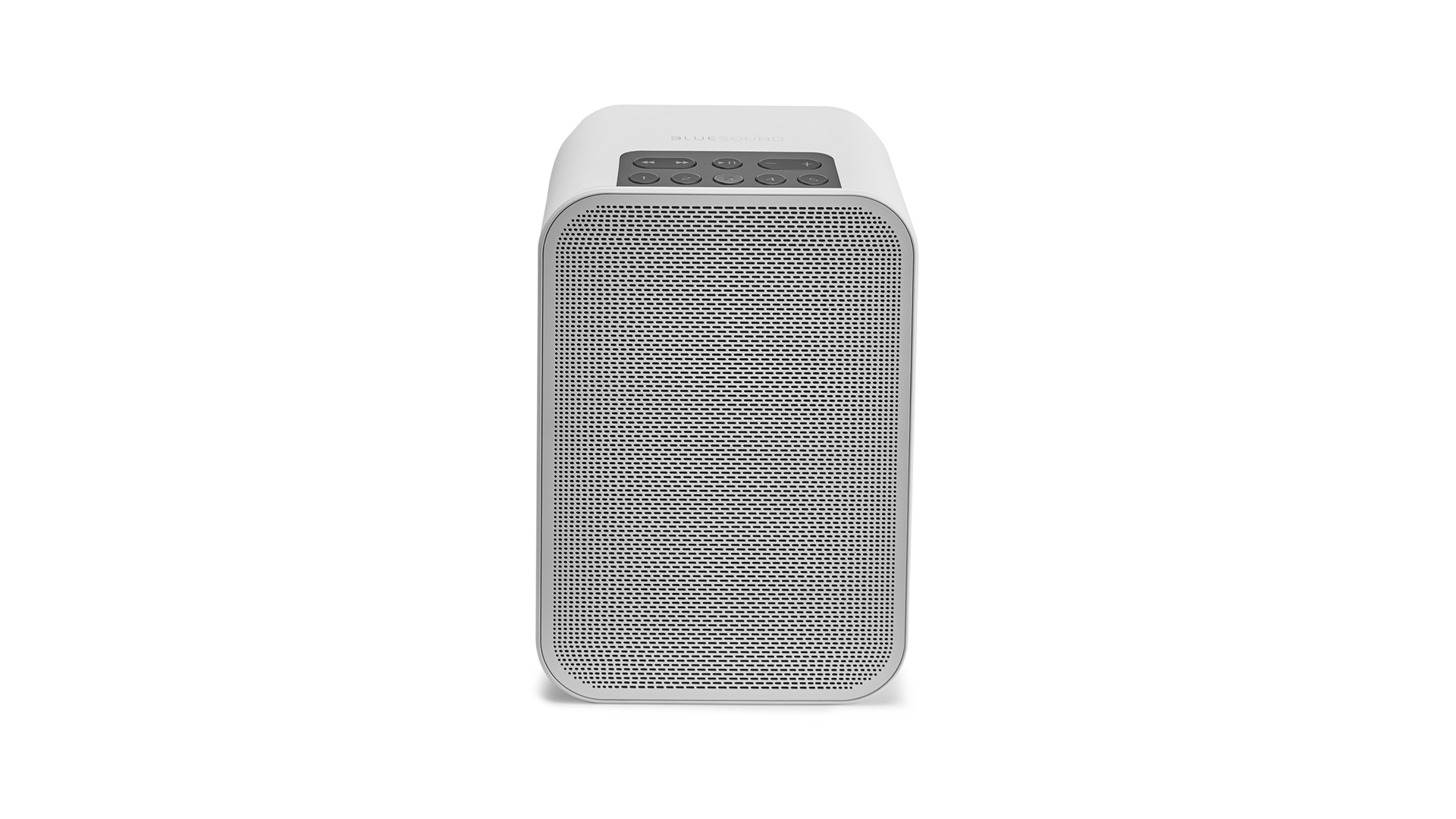
Below it, however, the Pulse Flex 2i (above) and Pulse Mini 2i have undergone tweaks rather than a full makeover. Bluesound’s focus here has been on upgrading connectivity, with otherwise comparatively minimal tweaks to performance, to maintain its original character.
The only technology not trickling as far down as the Flex 2i is two-way Bluetooth, but both take on Alexa Voice Control and Apple AirPlay 2 capabilities.
The Flex 2i incorporates a 25mm tweeter and 9cm woofer driven by an impressive 25W of bi-amplified power, while the Pulse Mini 2i boasts a pair of 10cm woofers and two 2cm tweeters with up to 100W of power.
The Pulse Flex 2i can be portable too, thanks to an optional battery pack (£69) that attaches to its back panel. Bluesound also offers wall brackets, which help incorporate a number of these speakers into a home cinema set-up, alongside the Pulse Soundbar 2i and Pulse Sub 2i.
Bluesound’s light touch when it comes to re-engineering these speakers has paid dividends. They retain the character from previous incarnations, so we get treated to that same confident, full-bodied presentation, only more detailed and spacious.
This new generation also feels freer to reach into treble frequencies and deal them with the same even hand as they do the rest of the output, while the considerable weight afforded to the bass remains taut and pleasingly agile.
As before, the scale of those low frequencies helps the speakers support the midrange, delivering vocal tracks with a richness other speakers of their size cannot match. But voices aren’t thrown forward unnaturally – Bluesound’s hold on organisation remains across most of the range – and the melodies are sensibly allowed to lead a track.
The gains in sonic performance between the last generation and this, while not particularly dramatic, are undeniably effective. The smaller 2i versions still fall just short of the very best of their rivals, but they are undeniably the best of the Bluesound speakers.
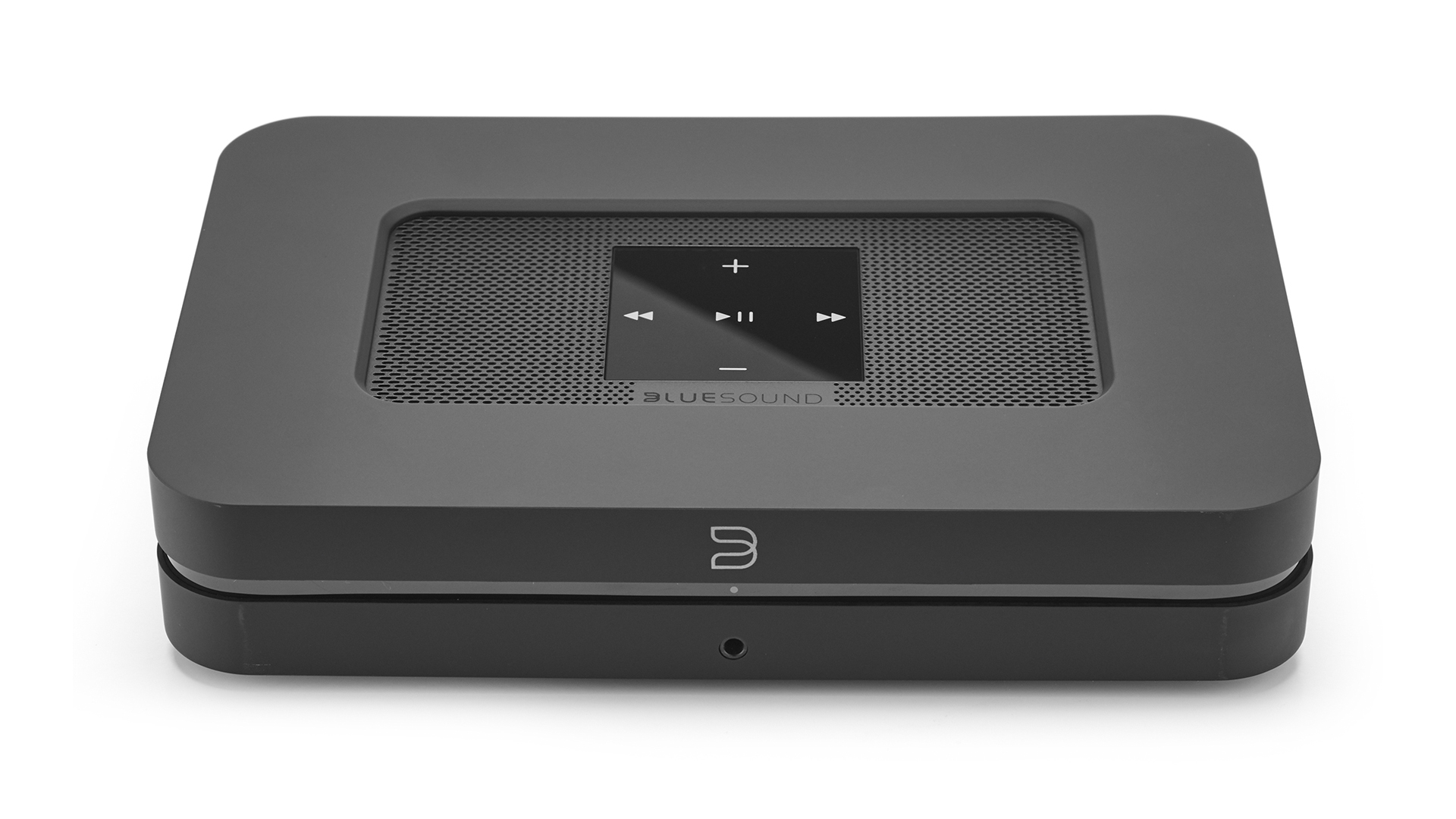
Hi-fi components
The products Bluesound has altered least on paper are the ones that have seen the greatest upturn in their fortunes. The Node 2i (above) and Powernode 2i (below) are now simply the best performing products of their type available for the money.
When we named Bluesound’s second generation our multi-room Product of the Year in 2015, the Node 2 was an integral component. Given the lengthy period of time since, however, it was of little surprise that other manufacturers not only caught up, but surpassed the Node 2’s performance.
Arcam’s rPlay streamer, in particular, offered improved sound in a compact unit at a substantially lower price. Consequently, the Node 2 dropped from five stars to three.
With just a cursory glance at the Node 2i’s spec sheet, nothing much appears to have changed between the models to dictate so dramatic an upturn in this generation’s sonic performance. However, Bluesound has worked on improving its wireless streamer, and not just in the places you may expect.
Between these two multi-room generations, the company had created the NAD Masters M50.2 BluOS network streamer, and the Node 2i’s upgrades begin with trickle-down high-end circuit design and architecture. The layout has been optimised to accommodate its new chassis, and further isolation put in between audio and wi-fi frequencies.
The new, smaller wi-fi chipset has granted Bluesound the freedom to play with the circuit layout – though the company has admitted to being surprised by how much this has affected the Node 2i’s audio performance.
Bluesound has also added some bonus features to its streamer, including that dual-band wi-fi and two-way Bluetooth, as well as a faster processor for an all-round more intuitive user experience.
The 32-bit/192kHz DAC remains, as does its long list of connections, including RCA, coaxial, optical and subwoofer outputs, with physical inputs for optical, analogue and USB-A alongside wi-fi, Bluetooth aptX 4.1 and AirPlay 2.
Wiring it into our reference system, it is clear that this is a different animal altogether to its predecessor. While its richness across the frequencies is retained, the soundstage appears more open, with even more granular detail fed in.
What’s most striking is the improvement in this streamer’s organisation, timing and dynamic expression. There is greater life to the performance as well; the Node 2i shows not only an increased level of expression but also enthusiasm.
Its considerable bass weight, while always supporting an equally full-bodied midrange, is commissioned now to add kick and drive forward proceedings.
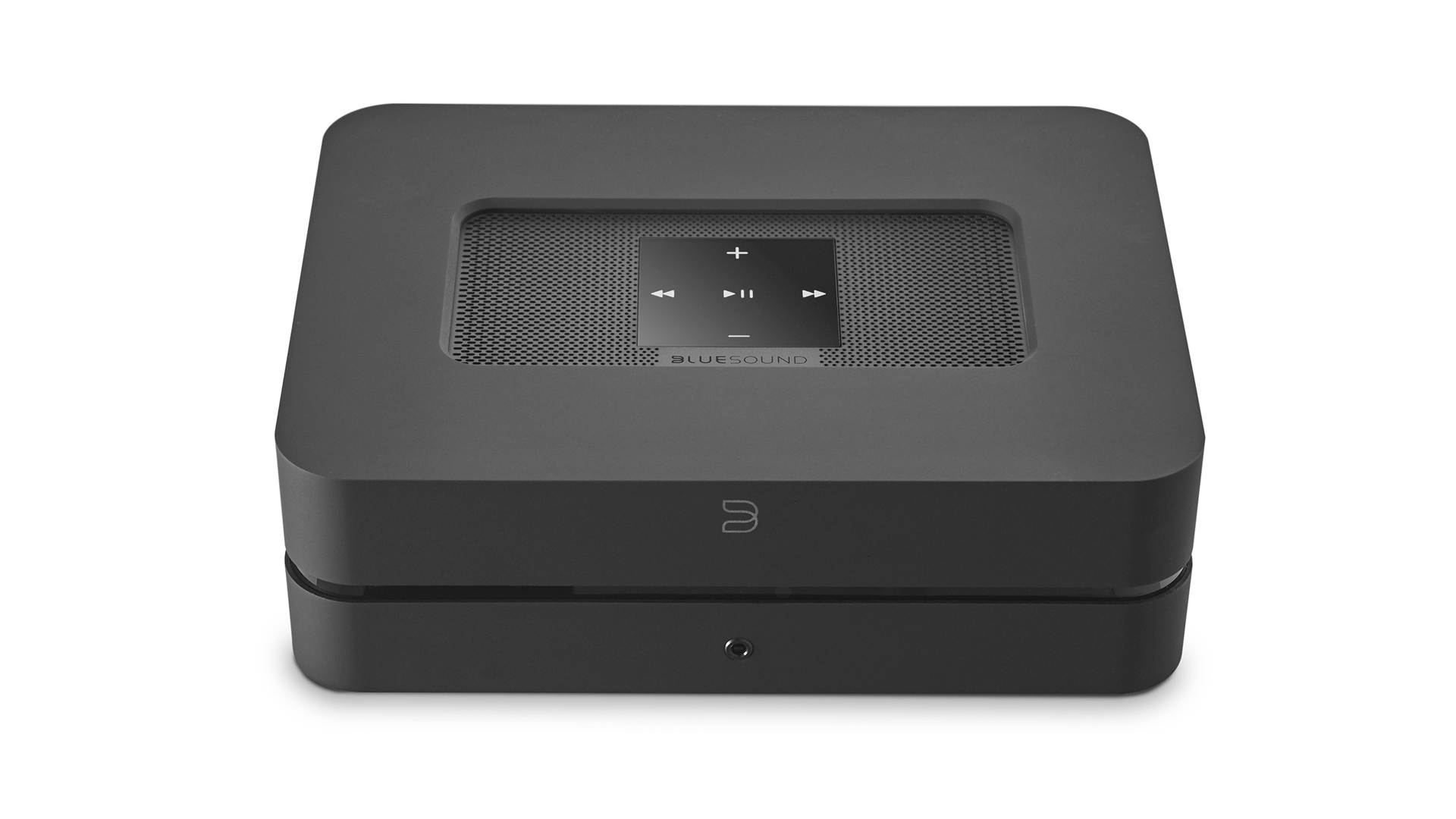
The story is largely the same for the Powernode 2i – effectively a powered version of the Node 2i – with minor tweaks ushering a vast upturn in quality.
It sounds better in every regard; the improvements over the Node 2i may be relatively minimal, but simply put we could not come up with a separate amplifier that would pair and perform better with the Node 2i for the money.
For those wishing to store music on a NAS device, Bluesound also offers the Vault 2i. We haven’t conducted a stand-alone test for this storage component, but it would seem to make sense to stay on brand in a full multi-room set-up.
Home cinema
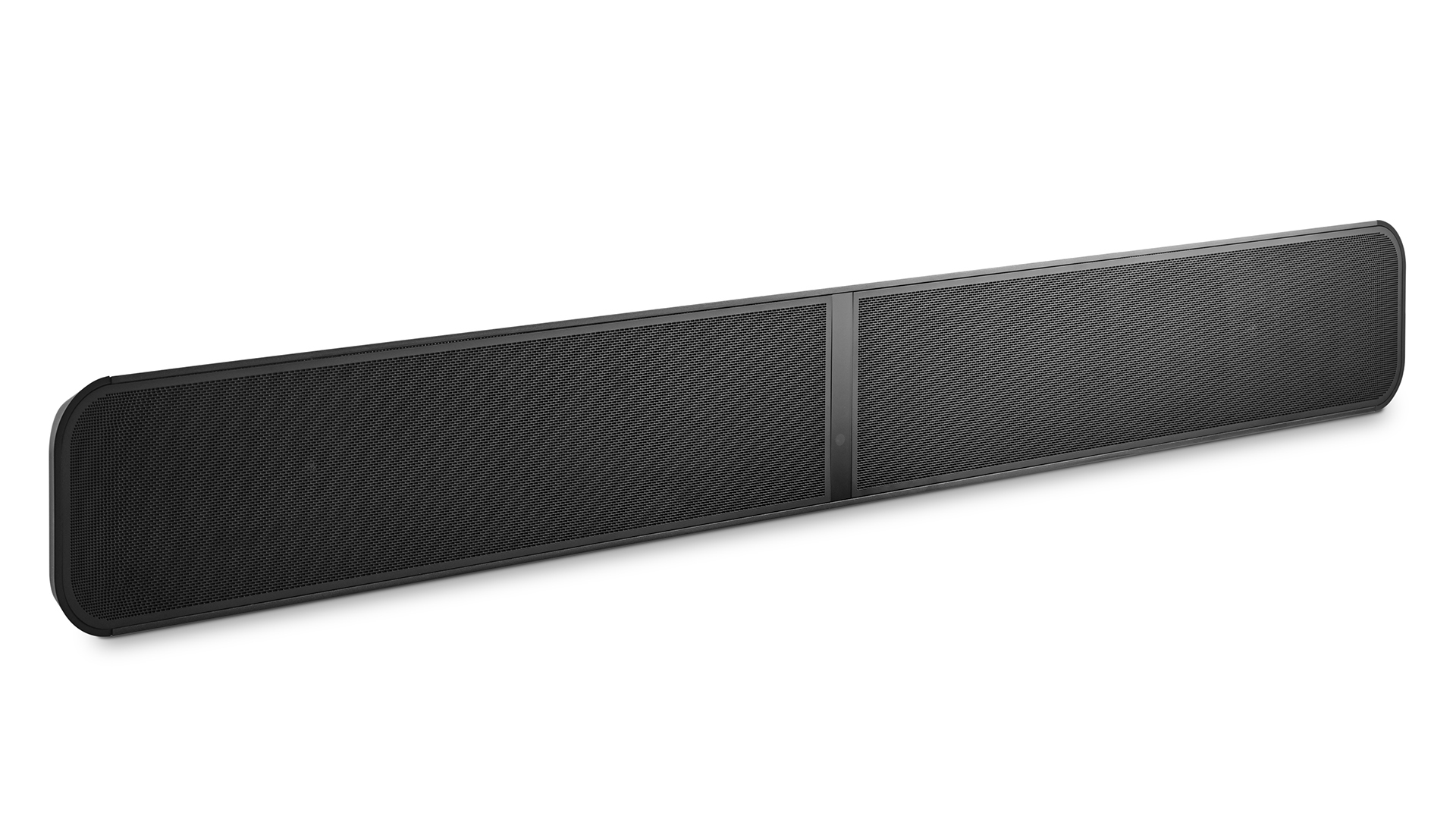
Bluesound also has home cinema covered with its Pulse Soundbar 2i (above). At over a metre in length and standing 14cm tall, this is not a product you’d expect to be lacking power. In fact, it has a total of 120W racing through its pairs of 25mm tweeters, 5cm midrange drivers and 10cm woofers – each driven by its own dedicated amplified channel and housed in individually optimised chambers – and that’s complemented by two 10cm passive radiators.
The compromise for having that array of sizeable drivers is that the soundbar will block the bottom of a large proportion of screens. So unless your TV stands on long legs or has a shelf below it, you may struggle to accommodate the Bluesound. For those with the option of wall-mounting a soundbar, this could be your best bet.
It is as full-bodied a performance as you’d expect from those drivers, submerging the listener in a bold and widely dispersed soundfield that’s hard not to like. A Pulse Sub is also available for those wanting added bass, but the Pulse Soundbar 2i is far from lacking.
Most impressive, though, is the detail on offer. The substantial girth and presence of the midrange is dense with insight, laying out the timbre and tone of voices as competently as it renders the crashes and intensity of high-octane action.
Our only qualm about the Pulse Soundbar 2i is that it lacks the dynamic range, ultimate transparency and precision of class-leading rivals. It isn’t that the performance is entirely bereft in these respects, but there is a looser rhythmic sense and more subdued use of dynamics than we’d like at this price.
Multi-room performance
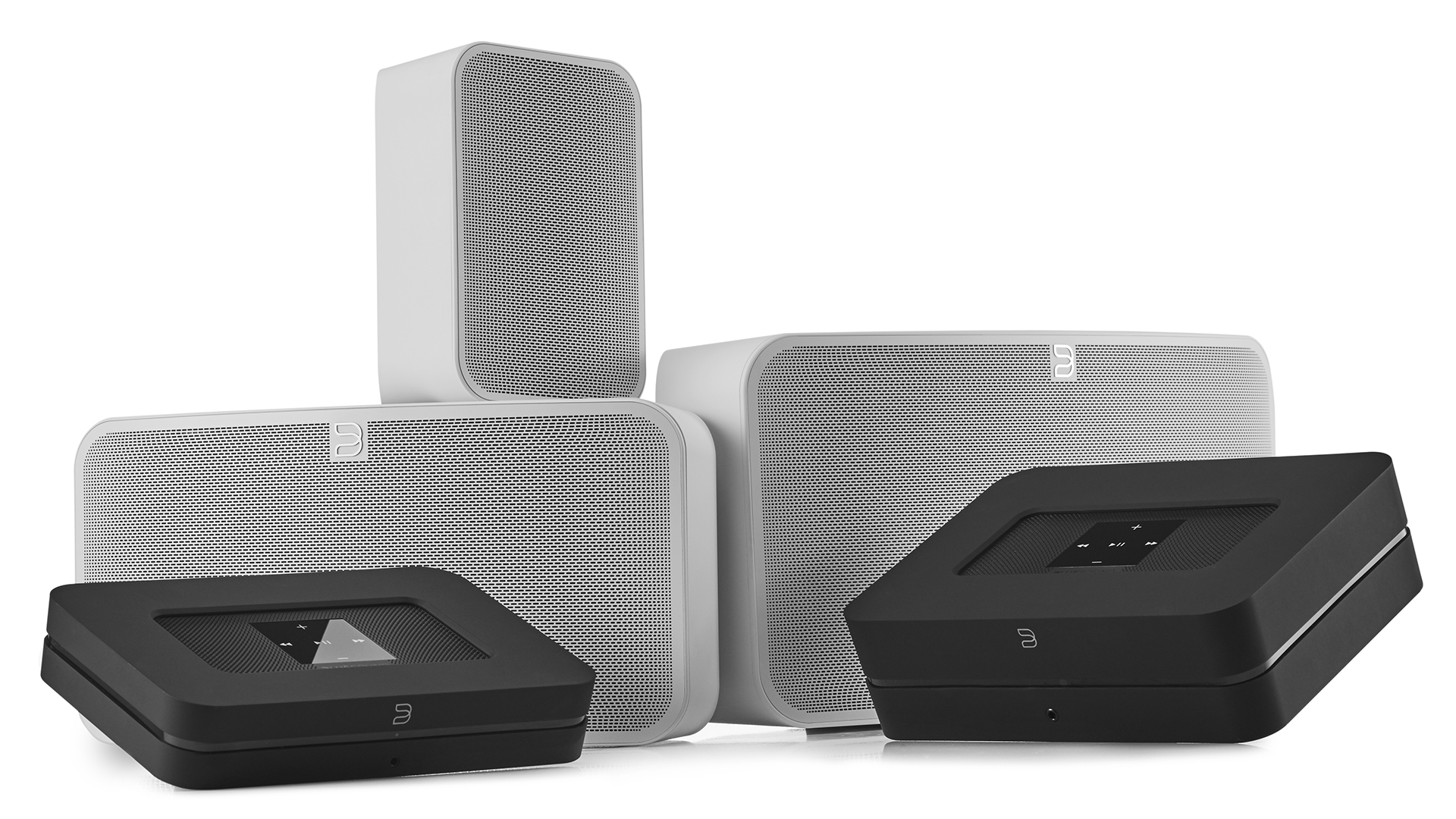
Audio Pro’s emergence in the multi-room market is a part of why Bluesound has lost a star overall. There are still reasons why you might be prepared to spend a good deal more to buy Bluesound, though.
Its hi-res music support will be a big draw for some, and Bluesound’s app is a significant step up over the rather rudimentary Audio Pro offering.
With Bluesound, set-up is simple and you’re presented with more streaming services and internet radio sources than you’re ever likely to use. Even the seemingly less important features, such as alarms, will help better integrate multi-room audio into your home life.
But if it’s the multi-room user-experience you’re after, Sonos does it even better, with a more cohesive, complete, stylish and slick app.
Lack of full Spotify integration (you have to leave the Bluesound app and use Spotify Connect) may increasingly be the norm, but it’s an issue Sonos doesn’t have. The lack of a proper universal search feature is another negative for the Bluesound app.
Verdict
As far as wireless streamers and just-add-speakers systems go, you’d be hard pushed to find a sound quality superior to that of the Node 2i or Powernode 2i. Those improvements, along with a family of mostly talented products, has kept Bluesound as an attractive high-end multi-room proposition.
For a product of this type, the all-in-one speakers ultimately carry most of the weight when it comes to performance. The fact that we would award none of the three Pulse speakers five stars means that overall, it cannot really be a five-star system.
But there are certainly class leaders within this family, just as with previous generations. If you pick the right components, a fine multi-room system is within reach.
SCORES
- Sound 4
- Features 5
- Build 5
MORE:
Multi-room audio: everything you need to know
Read all our Bluesound reviews
What Hi-Fi?, founded in 1976, is the world's leading independent guide to buying and owning hi-fi and home entertainment products. Our comprehensive tests help you buy the very best for your money, with our advice sections giving you step-by-step information on how to get even more from your music and movies. Everything is tested by our dedicated team of in-house reviewers in our custom-built test rooms in London, Reading and Bath. Our coveted five-star rating and Awards are recognised all over the world as the ultimate seal of approval, so you can buy with absolute confidence.
